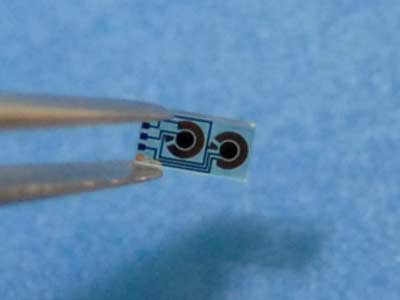Feb 8, 2017
Five Rules That Define The Technology Innovator
Posted by Karen Hurst in category: innovation
For fellow innovators and private scientists who dream and believe in your dream.
Rule 3: Their Ideas Look Like Failure In The Beginning
When innovators share what they’re working on early in the process, they open the floodgates to premature criticism. This is only natural considering that innovation stems from a singular vision that no one else sees yet.
Continue reading “Five Rules That Define The Technology Innovator” »


















